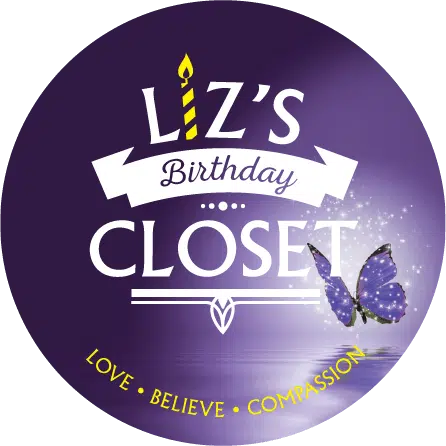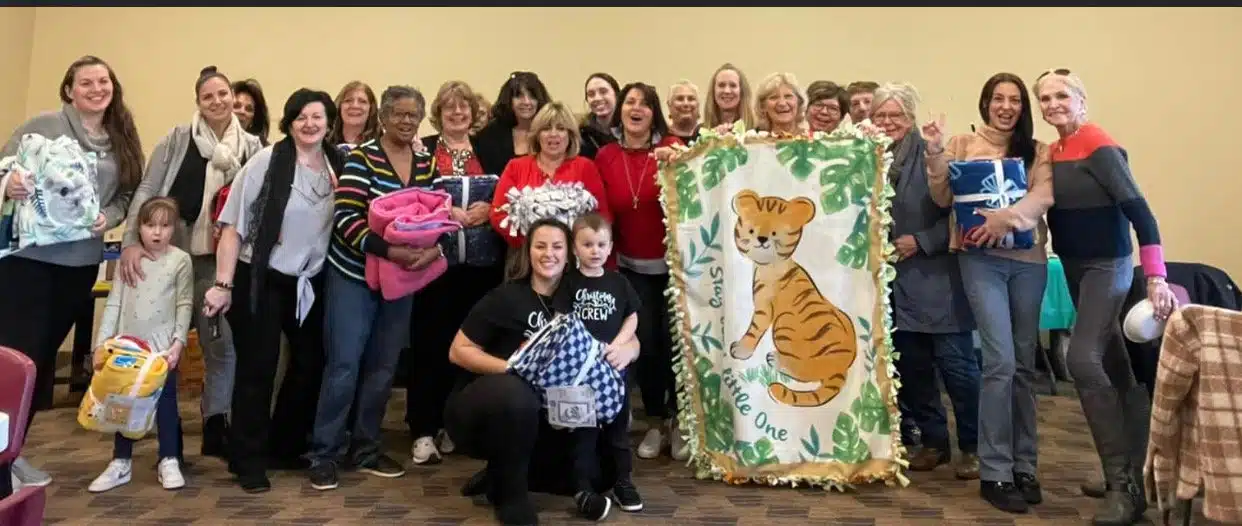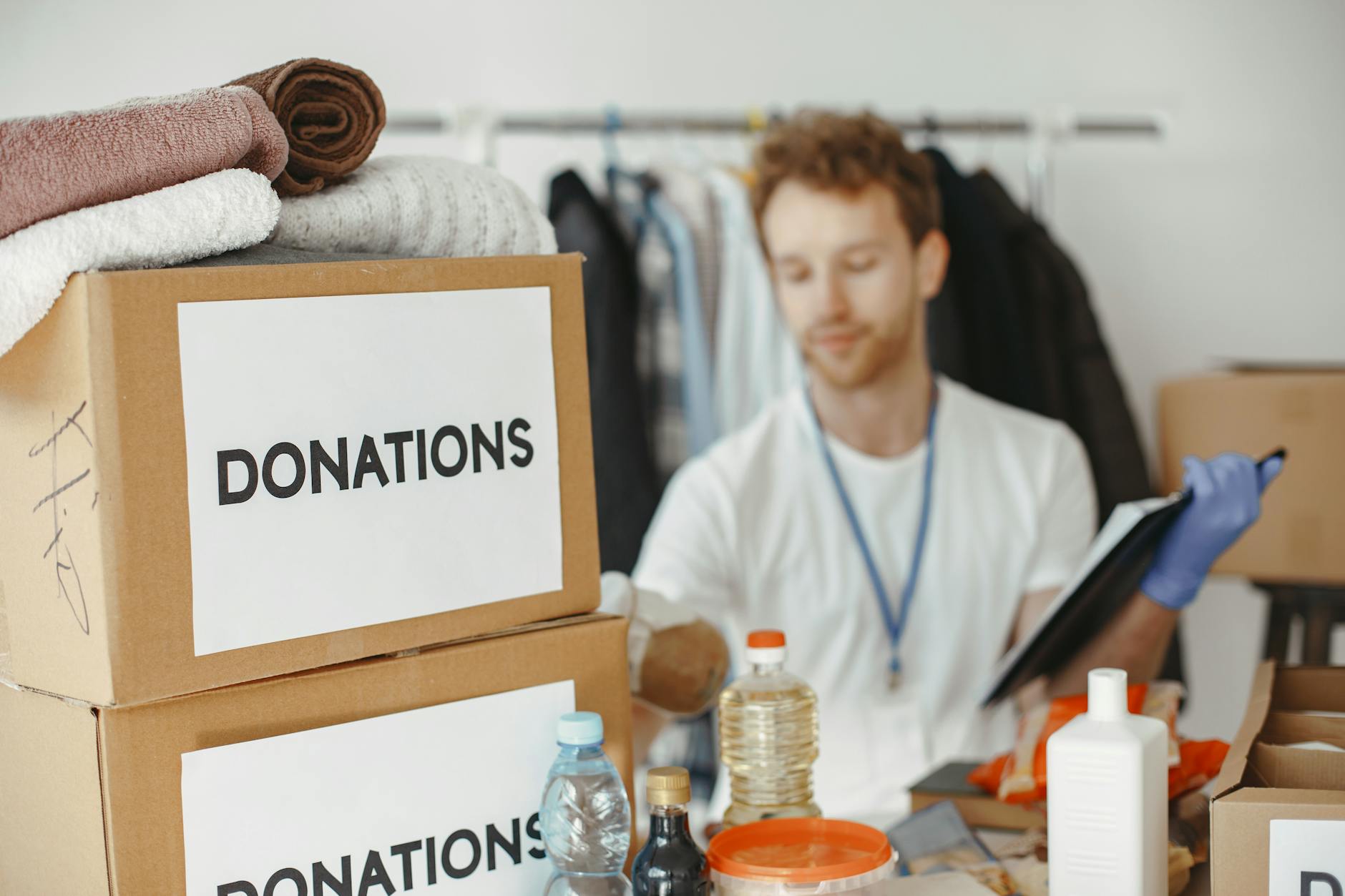

A community birthday drive brings people together to help kids or families who might not get to celebrate otherwise. These events turn simple birthdays into big moments, filled with joy, connection, and care. Whether the goal is to collect party supplies, gifts, or just create a special day, each drive has a lasting effect on everyone involved.
You’ll learn how to plan, organize, and run a birthday drive from the start—finding your cause, rallying neighbors, collecting gifts, and making delivery day special. With a few clear steps and lots of teamwork, your community can make birthdays better for those who need it most.
Getting a community birthday drive off the ground starts with setting clear goals and understanding who you want to help. Laying this groundwork keeps every step focused and meaningful. The better your plan at this stage, the stronger the impact for everyone involved.
Defining what you want to accomplish is the first step. Start simple: picture the best possible outcome for your birthday drive. Do you want to see every child in your neighborhood have a birthday party? Are you hoping to bring smiles to a group of seniors who rarely get visitors? Your vision should guide every detail.
Popular objectives for birthday drives include:
For lasting results, turn these broad aims into specific, measurable goals. Instead of “make kids happy,” say “deliver birthday gifts to 50 kids in June.” This keeps your team motivated and your project focused.
To deliver the right support, pay attention to who your drive serves. Building a clear profile helps align your efforts with real needs.
 Photo by olia danilevich
Photo by olia danilevich
Take time to develop a beneficiary profile:
Gather this information through:
A rounded beneficiary profile helps your drive offer personal touches that matter.
Once you know who you want to help, dig deeper into what they actually need. Ask community partners, social workers, or group leaders for insights. Do most children need gifts, or would a party experience be new and exciting? Do seniors want companionship along with a cake? Your plan should reflect these nuanced needs.
Try this quick checklist to assess needs:
Getting specifics from the start prevents waste and lets everyone involved feel truly seen.
Once you’ve identified your objectives and who you’ll serve, decide how to measure success. Use the SMART framework—Specific, Measurable, Achievable, Relevant, Time-bound—so your goals stay realistic and clear.
Here are examples for a birthday drive:
Set timelines that match your team’s capacity. Track each step, from how many people you serve to how much money or how many supplies you collect. These benchmarks let you adjust your plan along the way and celebrate progress as the drive unfolds.
Take these steps to heart, and you’ll start your community birthday drive with direction and purpose. When everyone knows the “why” and “who,” the “how” falls into place much easier.
A successful community birthday drive takes more than just a good idea and motivation. Rallying the right people and finding supportive partners can set your project up for real impact. With a strong team and trusted partners, you’ll streamline planning, solve problems quicker, and broaden your drive’s reach.

Photo by cottonbro studio
Community events thrive when everyone pitches in. Start your search close to home and expand outward:
Add a personal approach—call or text people directly when possible. Asking one-on-one often leads to better commitment than casting a wide net.
When your volunteers sign up, help them plug in fast. Use a volunteer wish list or survey to match people to roles that fit their skills and schedules.
Structure your committees with intent:
Think about the major parts of your drive and assign clear responsibilities from the start. These are tried-and-true committees to fill:
Meet as a group early, then break out so each committee can focus and move quickly. Regular check-ins—by email, chat app, or virtual meetings—keep everyone connected.
Bringing in local support gives your birthday drive extra muscle. You’ll save on costs, reach more families, and create buzz.
Approach local businesses:
Start with those who already care about your community: coffee shops, bakeries, hardware stores, or local franchises. Think about who might relate to your mission—maybe a party supply store or neighborhood bakery.
Bring printed materials and speak with decision makers. Personal stories about how their help can make a birthday special will stick with them.
Reach out to nonprofits, schools, and media:
Connect with groups already serving your target beneficiaries—they may co-host, help find families, or offer supplies. Local news outlets and radio stations can pitch in through coverage or announcements.
After the drive, thank all partners publicly. Follow up with a quick update and photos from the event. Sharing impact builds stronger relationships for next year and beyond.
With strong volunteers and reliable partners, your birthday drive will feel less like a solo act and more like a community celebration.
Getting the moving parts of your community birthday drive in order early saves stress down the road. Whether your drive is big or small, setting the right date, picking a spot everyone can reach, and making sense of donations all take clear planning. Let’s walk through how to keep your drive running like a well-oiled machine.
Start with a realistic timeline. Give yourself at least 2–4 months for your first birthday drive—more if you expect a large turnout or want to host an in-person party. Consider school holidays, local festivals, and weather. Picking a date that avoids big conflicts boosts attendance and donations.
Build your schedule by working backward from your celebration date. Mark deadlines for:
A spreadsheet or online calendar keeps everyone on track. Share it so the whole team can see deadlines at a glance.
Budgeting makes or breaks your drive. Make a list of every expense—big and small. Common costs include:
Look for ways to save. Secure sponsorships from local businesses. Many will donate items, discounts, or even space for your event in return for a thank-you on your social media or flyers.
Always add a “just in case” fund to cover surprise expenses—no one wants a burst balloon budget at the last minute.
 Photo by RDNE Stock project
Photo by RDNE Stock project
Successful donation drives depend on clear systems for collecting, storing, and handing out donations. Before telling folks where to drop off gifts, decide what setup fits your resources and your community.
For physical drives, pick accessible drop-off locations:
If your team is small or space is tight, keep it simple:
For virtual or hybrid drives:
Plan for storage and sorting:
Distribution should feel as personal as your drive’s mission:
A well-thought-out structure means you spend less time chasing boxes and more time spreading the birthday joy.
Getting people excited about your birthday drive is what turns a good idea into a movement. Promotions and community engagement keep your project in the spotlight, help you hit your goals, and make sure donors and volunteers feel valued. When you combine clear outreach with the right mix of online tools and local energy, your drive will gain the support it needs to shine.
Your message is what grabs attention and inspires action. Aim for short, friendly, and easy-to-understand language. Change the tone and focus based on who you’re talking to—neighbors, local businesses, volunteers, or donors. Use every opportunity to remind people who will benefit and how simple actions can spark big smiles.
Tips for clear, persuasive messaging:
Try these templates for different channels:
For flyers or bulletin boards:
Help us make every birthday count! Donate a new gift or party supply by July 10 to help kids in our community feel celebrated. Drop off at [location]. Questions? Email [contact].
For social media:
🎈 It’s birthday time! Our community drive is collecting gifts and party supplies so every child gets a special day. Want to donate or help out? Message us or sign up here: [link] #BirthdayJoy
For emails to businesses:
Hi [Name],
We’re running a community birthday drive for [group]. Would [Business] join us by donating supplies or sharing our event flyer? Your support will brighten someone’s big day—and we’ll say thanks on event day and on social media! Looking forward to celebrating together.
Key practices when you share:
 Photo by Noland Live
Photo by Noland Live
Digital platforms offer a simple way to boost visibility, track progress, and keep everyone in the loop. They make donating and volunteering easier for busy people and multiply your reach far beyond word-of-mouth.
Best ways to use these tools:
How to increase engagement:
Keep things interactive with polls, Q&As, or quick contests (like, “Guess how many balloons in our party kit?”) to invite comments and shares.
Bringing people together, both online and offline, makes your birthday drive feel like a true community celebration. When everyone feels included and up-to-date, excitement—and results—grow.
Executing a community birthday drive is where planning meets action. This stage is all about translating preparation into a memorable, joyful experience for everyone involved. Keeping volunteers coordinated, troubleshooting problems, and sharing your success help set the tone not just for this event, but for future community efforts.
 Photo by Gustavo Fring
Photo by Gustavo Fring
Volunteers are the beating heart of any birthday drive. Having them show up excited, informed, and ready makes all the difference on event day.
Organize clear roles:
Break down tasks before the day starts, and match volunteers to roles based on comfort and skills. Common roles include:
On-the-day checklist essentials:
Staying organized avoids that frantic “what now?” feeling. Prep a checklist that includes:
Have a printed and digital copy ready, and appoint a “point person” who can answer questions and delegate as needed.
Troubleshooting tips:
No event runs perfectly—be ready for common hiccups:
Foster a welcoming atmosphere:
Set the tone by encouraging volunteers to greet every guest personally. A little music, colorful signs, and positive energy go a long way. Remind your team that kindness and flexibility matter more than perfection.
Once your community drive wraps up, showing how much was achieved keeps the effort transparent and satisfying for all involved.
Capture memorable moments:
Photos and videos tell your drive’s story better than any spreadsheet. Assign a volunteer (or two) to roam with a camera or phone.
Collect real stories:
Short testimonials and quotes bring numbers to life.
Share results widely:
Don’t let all your hard work sit in silence. Build trust with the community and sponsors with open, cheerful updates.
Transparency grows support for next year. Seeing direct results helps people feel their time and donations matter. Every shared story plants a seed for future happiness—yours and the whole community’s.
Wrapping up a community birthday drive isn’t just about packing up the last donation. To keep your momentum strong and build an even better event next time, it’s smart to pause, review what worked, and give thanks to everyone who supported your effort. This section guides you through assessing your outcomes, gathering feedback, celebrating your team, and laying groundwork for future drives.
When your drive ends, take time to check if you reached your goals. A clear review helps show your team and supporters the difference you made and sets you up for the next big event.
Key steps to review your results:
Reporting your results:
Once you gather the info, organize it in a clear, upbeat summary. Mix in simple charts or graphics to show your impact, like “70 birthdays celebrated” or “126 gifts donated.” Add a short story or quote from a participant to make the numbers feel real.
Sharing your findings—whether as a one-pager, an email, or on social media—keeps everyone in the loop and excited for next time.

Photo by Julia M Cameron
Your supporters are the heartbeat of the drive. Making each person feel noticed can turn a one-time donor or volunteer into a life-long champion.
Ways to show gratitude:
Keep the energy going:
Every thank you and update you share strengthens your circle, making your next birthday drive even stronger and more joyful. Gratitude isn’t just polite—it builds trust and keeps the community spirit alive.
Thoughtful planning, teamwork, and genuine gratitude shape every successful birthday drive. These efforts create real joy, boost well-being, and strengthen community bonds for everyone involved.
When you make birthday drives a yearly tradition, you give more than just gifts or party supplies. You help people feel valued and connected, building happy memories that last. Big or small, each celebration matters.
Start your own drive, inspire neighbors, and help your community grow closer, one birthday at a time. Thanks for being part of something special—your care makes these moments possible. If you found these tips helpful, share your stories or ideas for next year. Your voice can spark even more kindness in your community.